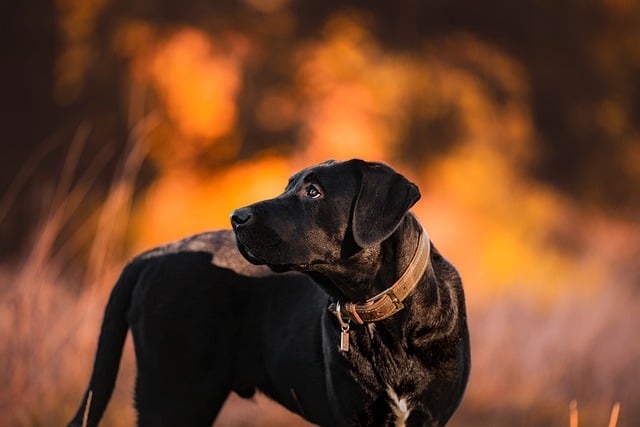
What is glaucoma in a dog?
You might notice your dog squinting more at mealtime or avoiding bright sunlight—these small changes could be early signs of a serious eye condition.
When your dog starts avoiding hard kibble or rubbing its muzzle on the carpet, dental issues might be to blame—many owners miss these early signs until a vet visit reveals gingivitis or tartar buildup. Treatment often begins with a professional dental cleaning under anesthesia, where vets scrape away plaque below the gumline that brushes can’t reach. They’ll also check for broken teeth or abscesses, which might need antibiotics or even extraction to stop pain and infection from spreading.
It’s important to note that some regions require proof of up-to-date vaccinations before any anesthesia procedure, so keeping your dog’s shots current isn’t just for their health—it’s also a compliance step. After treatment, vets usually recommend switching to dental-specific food or chews that help reduce future plaque. These products are often approved by local pet health authorities, so checking labels for those certifications can help you avoid unregulated items that might harm your dog’s teeth.
 Daily at-home care is another key part of long-term treatment success, and it doesn’t have to be a fight. Many owners find that using finger brushes (softer than regular brushes) or flavored toothpaste makes the process easier—most dogs actually enjoy the chicken or beef taste. Just be sure to avoid human toothpaste, which contains ingredients toxic to dogs; sticking to pet-safe options aligns with both best practices and local animal welfare guidelines.
Daily at-home care is another key part of long-term treatment success, and it doesn’t have to be a fight. Many owners find that using finger brushes (softer than regular brushes) or flavored toothpaste makes the process easier—most dogs actually enjoy the chicken or beef taste. Just be sure to avoid human toothpaste, which contains ingredients toxic to dogs; sticking to pet-safe options aligns with both best practices and local animal welfare guidelines.
If your dog has a history of dental disease, regular follow-up visits every six months are usually necessary to catch small issues before they become big problems. Some areas also have laws about pet dental records, so keeping a log of cleanings and treatments can help if you ever need to show proof of care—like when boarding your dog or moving to a new city with different pet regulations.
Treating dental disease in dogs isn’t just about fixing current pain; it’s about preventing more serious health issues down the line, since oral bacteria can spread to the heart, kidneys, and liver. By combining professional vet care, compliant at-home routines, and awareness of local pet health rules, you can keep your dog’s teeth healthy and their tail wagging for years to come.

You might notice your dog squinting more at mealtime or avoiding bright sunlight—these small changes could be early signs of a serious eye condition.

Let’s set the scene: It’s a sweltering Phoenix afternoon—105°F outside—and you rushed your 2-year-old Lab mix, Cooper, on a quick walk to “get it over with.”

Let’s get real: You’re in your Miami apartment, watching your 3-year-old Corgi, Loki, struggle to climb the stairs to your second-floor unit.

Many dog owners brush off occasional scratching as just “dog behavior,” but persistent itching often signals something more—like a food allergy.

You might first notice your dog scratching more than usual—chewing at their paws until the fur looks thin, or rubbing their face against the couch nonstop.

Let’s be real: You’re standing in your Chicago apartment, watching your 3-year-old Beagle, Max, huff and puff just to climb onto the couch.